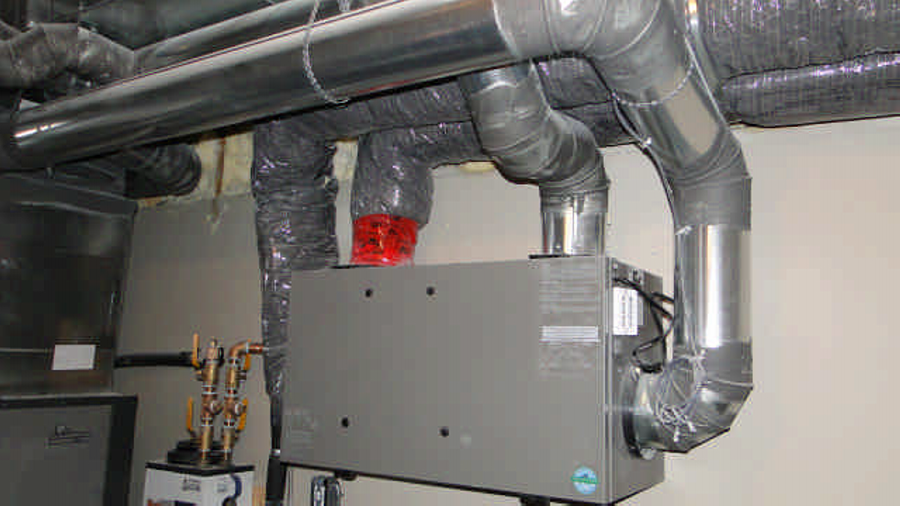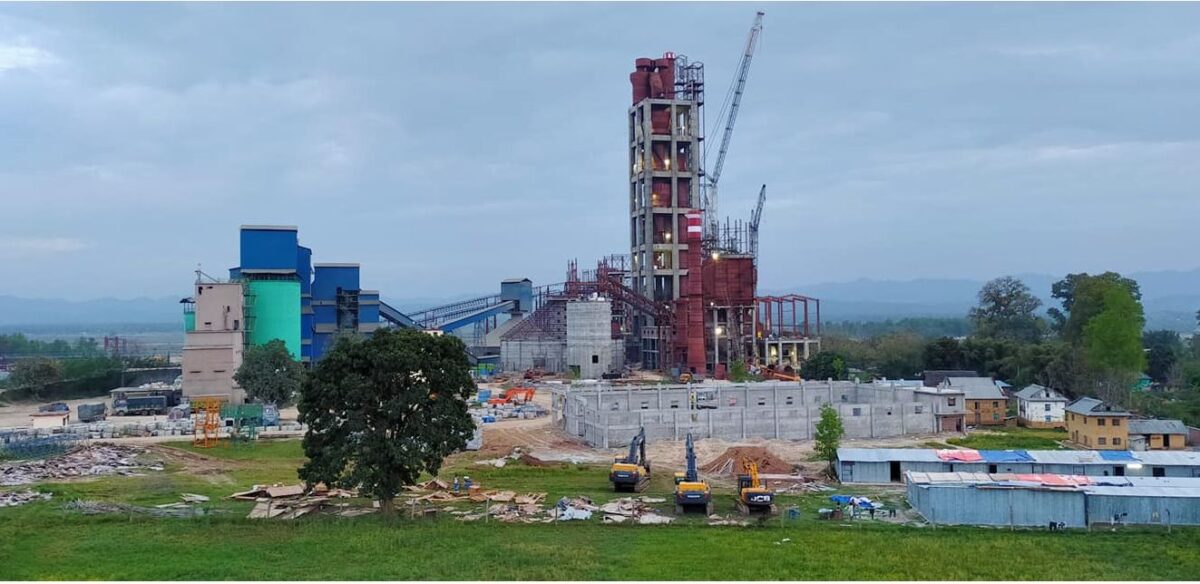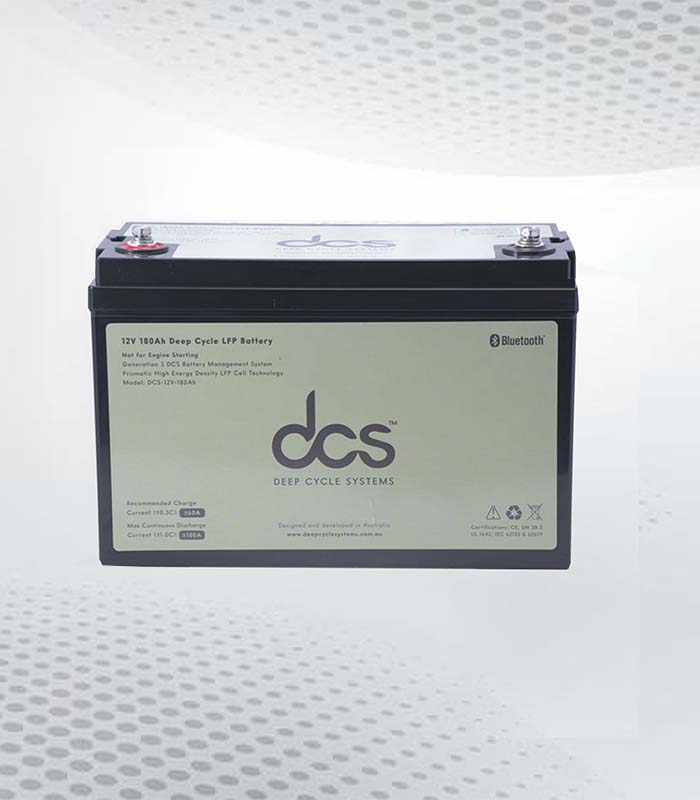In a world where our lives are increasingly spent indoors, the air we breathe can profoundly impact our health and well-being. Did you know that indoor air quality can be up to five times more polluted than outdoor air? As we seal our homes for energy efficiency, it’s crucial to ensure fresh air circulates freely while preventing harmful pollutants from accumulating. Enter HRV system—the unsung heroes of modern living spaces! Join us as we delve into how these innovative systems enhance your indoor environment and promote better health, comfort, and energy savings.
Introduction to Indoor Air Quality (IAQ)
Breathing clean air is essential for our health and well-being, yet many overlook the air quality inside our homes. Indoor Air Quality (IAQ) is crucial in how we feel daily, impacting everything from our energy levels to overall health. With modern homes becoming increasingly airtight for energy efficiency, pollutants can become trapped indoors, leading to various issues like allergies and respiratory problems.
Enter Heat Recovery Ventilation (HRV) systems—an innovative solution that enhances IAQ while maintaining energy efficiency. These systems work quietly in the background, ensuring fresh air circulates throughout your home without wasting valuable heating or cooling energy. Curious about how an HRV system could transform your indoor environment? Let’s dive into what these systems are all about and explore their remarkable benefits!
What is a Heat Recovery Ventilation (HRV) System?
A Heat Recovery Ventilation (HRV) system is an innovative solution to enhance indoor air quality. It seamlessly balances the need for fresh air while maintaining energy efficiency. This system works by extracting stale, warm air inside your home and bringing in cool, fresh outdoor air. The key feature is a heat exchanger that transfers warmth from the outgoing air to preheat the incoming cold air, minimizing energy loss.
HRVs are particularly valuable in well-insulated buildings where traditional ventilation methods may not suffice. They help eliminate pollutants like dust, allergens, and odours while ensuring a constant supply of clean, oxygen-rich air. Whether renovating or building new, considering an HRV could significantly improve your living environment. It’s all about creating a healthier space without sacrificing comfort or increasing energy bills.
How Does a Heat Recovery Ventilator Work?
A heat recovery ventilator operates by exchanging stale indoor air with fresh outdoor air efficiently, ensuring minimal energy loss. When the system pulls in outside air, it passes through a heat exchanger. This component captures heat from the outgoing stale air and uses it to warm up the incoming cool air during winter. Conversely, in summer, it helps keep indoor spaces cooler by transferring heat away from incoming hot air.
Fans within the unit facilitate airflow while filters trap dust and allergens, promoting cleaner indoor environments. The entire process happens seamlessly and continuously without compromising comfort levels inside your home. By maintaining optimal ventilation rates, an HRV system also balances moisture levels, keeping humidity at bay and preventing mould growth. This clever design enhances comfort and ensures that every breath you take is fresher than before.
Benefits of Installing an HRV System
Installing a Heat Recovery Ventilation (HRV) system brings numerous advantages to your indoor environment. One of the most significant benefits is improved indoor air quality. An HRV system continuously exchanges stale, contaminated air with fresh outdoor air while retaining heat energy. This process helps eliminate allergens, pollutants, and moisture buildup.
Energy efficiency is another key perk. By reusing airflow, these systems reduce the demand for heating and cooling appliances, enhancing comfort and lowering energy consumption. Cost savings follow closely behind as lower utility bills mean more money in your pocket over time. A well-functioning HRV can even extend the lifespan of your HVAC unit by reducing its workload. Lastly, health benefits are paramount. Cleaner air contributes to better respiratory health and overall well-being for you and your family, making an HRV system a worthy investment for any home.
– Improved IAQ
Indoor air quality plays a pivotal role in our overall well-being. An HRV system is designed to enhance this vital aspect by continuously exchanging stale indoor air with fresh outdoor air. This constant ventilation reduces the concentration of pollutants. Dust, allergens, and volatile organic compounds (VOCs) are effectively removed from your living space. The result? A healthier environment for you and your family.
Moreover, an HRV system helps control humidity levels. Excess moisture can lead to mould growth and other issues that compromise IAQ. By balancing humidity, these systems create a more comfortable atmosphere indoors.
– Energy Efficiency
One of the standout features of a Heat Recovery Ventilation (HRV) system is its remarkable energy efficiency. Traditional ventilation methods often result in significant heat loss, especially during extreme weather conditions. HRVs address this issue head-on. These systems transfer heat from outgoing air to incoming fresh air without mixing the two streams. This process maintains comfortable indoor temperatures while reducing the strain on your heating and cooling systems. As a result, homeowners can enjoy lower utility bills and less reliance on their HVAC units throughout the year.
– Cost Savings
Installing a Heat Recovery Ventilation (HRV) system can lead to significant cost savings over time. These systems efficiently transfer heat from the outgoing stale air to incoming fresh air, reducing the need for additional heating or cooling. By minimizing energy costs associated with climate control, homeowners often see lower utility bills. Ongoing savings in energy consumption balance the initial investment.
– Health Benefits
A heat recovery ventilation (HRV) system offers significant health benefits by improving indoor air. Fresh, filtered air circulating throughout your home minimises harmful pollutants and allergens. This reduction is especially vital for individuals with respiratory issues or allergies. Cleaner air can lead to fewer asthma attacks and less irritation from common allergens like dust and pollen. Moreover, HRVs help regulate humidity levels. Excess moisture in the air can promote mould growth, which poses serious health risks.
Types of HRV Systems Available
You’ll find various types suited to different needs when exploring heat recovery ventilation systems. The most common is the central HRV system, designed for larger homes. It connects to existing ductwork and ensures even air distribution throughout every room.
A decentralized HRV might be ideal for smaller spaces or specific areas. These units operate independently in individual rooms without extensive ducting. Energy recovery ventilators (ERVs) are also available. While similar to HRVs, they offer added humidity control, which can be beneficial in climates with high moisture levels.
Some models come equipped with smart technology. They allow homeowners to monitor and adjust settings via mobile apps for optimal performance. Each type has unique features catering to diverse preferences and requirements, giving you several options when considering improved indoor air quality.
Factors to Consider When Choosing an HRV System
Selecting the right HRV system requires a thoughtful approach. Start by assessing the size and layout of your home. A larger space may need a more robust unit to ensure efficient air exchange. Climate plays a crucial role, too. In colder regions, look for models designed to handle lower temperatures effectively while preventing frost buildup.
– Size and Layout of Home
When considering an HRV system, the size and layout of your home play a crucial role. Larger homes often require more robust systems to ensure even air distribution throughout all rooms. Open floor plans might allow for easier airflow but need careful planning. Think about how air circulates in your space. Isolated rooms can benefit from additional ducts or vents.
– Climate
Climate plays a significant role in the effectiveness of an HRV system. Different regions experience varying temperatures and humidity levels, impacting how well these systems perform. In colder climates, the ability to recover heat becomes crucial. An HRV system can efficiently transfer warmth from exhaust air to incoming fresh air without mixing them. This process helps maintain comfortable indoor temperatures while reducing energy costs.
– Budget
When considering an HRV system, budget plays a crucial role. Prices can vary significantly based on the brand, model, and features. A basic unit might be more affordable upfront but could lack energy-saving capabilities. Investing in a higher-end model may yield long-term savings through enhanced efficiency. Don’t forget to account for installation costs. Hiring professionals ensures proper setup but will add to your initial expenses.
– Maintenance Requirements
Maintenance requirements play a vital role in choosing an HRV system. Regular upkeep ensures optimal performance and longevity. First, filter replacement is essential. Filters should generally be changed every three to six months, depending on usage and environmental conditions. Dirty filters can hinder airflow and reduce efficiency. Next comes the cleaning of heat exchange cores. Dust and debris can accumulate over time, impacting air quality. A gentle wash with warm water usually does the trick.
Have price and Installation Process
Investing in a heat recovery ventilation (HRV) system is a smart choice for improving indoor air quality and reducing energy costs. However, many homeowners may hesitate to switch due to concerns about the cost and installation process. This section will delve into the typical HRV price range and provide an overview of the installation process.
The cost of an HRV system can vary depending on factors such as the size of your home, the type of HRV unit, and any additional features or customization. On average, homeowners can expect to spend between $1,500 and $3,000 for a basic residential HRV system. This includes both the unit itself and labour costs for installation.
When comparing prices between different HRV units, it’s important to consider their efficiency ratings. A higher efficiency rating means the unit will more effectively recover heat from outgoing air and transfer it back into incoming air. While units with higher efficiency ratings may come at a higher initial cost, they can save you more money in the long run through reduced energy bills.
The installation process for an HRV system involves several steps that are best left to professional HVAC technicians. The entire installation process can take anywhere from 2-3 days, depending on the size of your home and any additional features or customization. Choosing a reputable HVAC company with experience installing HRV systems is important to ensure proper installation and functionality.
Tips for Maintaining and Maximizing the Performance of Your HRV System
Regular cleaning is essential to keeping your HRV system running efficiently. Dust and debris can accumulate in filters, obstructing airflow. Make it a habit to check and change the filters every few months. Annual professional servicing is also crucial. A technician can spot potential issues before they become expensive repairs, and regular maintenance ensures that all components function smoothly.
Monitoring indoor humidity levels helps maintain comfort and health. Ideally, aim for a range of 30-50%. If humidity spikes or drops significantly, adjust your ventilation settings accordingly. You might also want to ensure that vents and ducts are clear from obstructions like furniture or curtains. This allows for optimal air circulation throughout your home. Lastly, educate yourself about the system’s controls. Understanding how to adjust settings based on seasonal changes will enhance performance year-round.
Conclusion
Investing in an HRV system is a highly effective and beneficial way to improve indoor air quality in your home. By exchanging stale indoor air with fresh outdoor air, an HRV system helps greatly reduce the levels of pollutants and allergens inside your home. It also increases energy efficiency by recovering heat from the exhausted air before replacing it with cooler outdoor air.
FAQs:
1. How often should I replace or clean my HRV filter?
It is recommended to clean or replace your HRV filter every 3-6 months, depending on usage and environmental factors.
2. Can I install an HRV system myself?
While some homeowners may have the necessary skills and knowledge to install an HRV system, hiring a professional HVAC technician for proper installation and maintenance is generally recommended.
3. Will an HRV system increase my energy bills?
On the contrary, an HRV system can help decrease energy bills by reducing heating costs through heat recovery technology.
| Related Business Listings |
| Contact Directory |
| Local Business Profiles |




